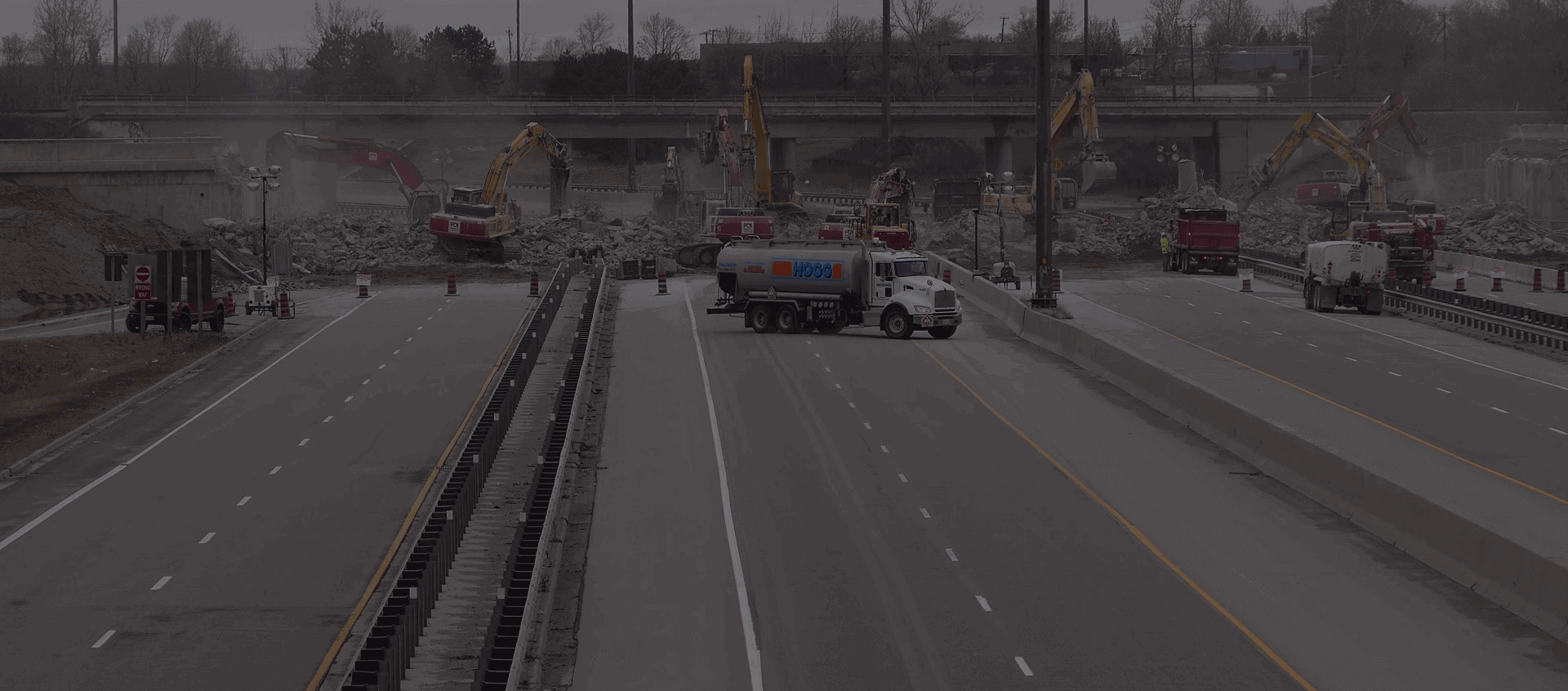

Our mission is to provide professionally trained Civil Engineers for all type of civil engineering services. Increase the supply of efficient & highly skilled Civil Engineers and serve the Civil Engineering Community.
Read More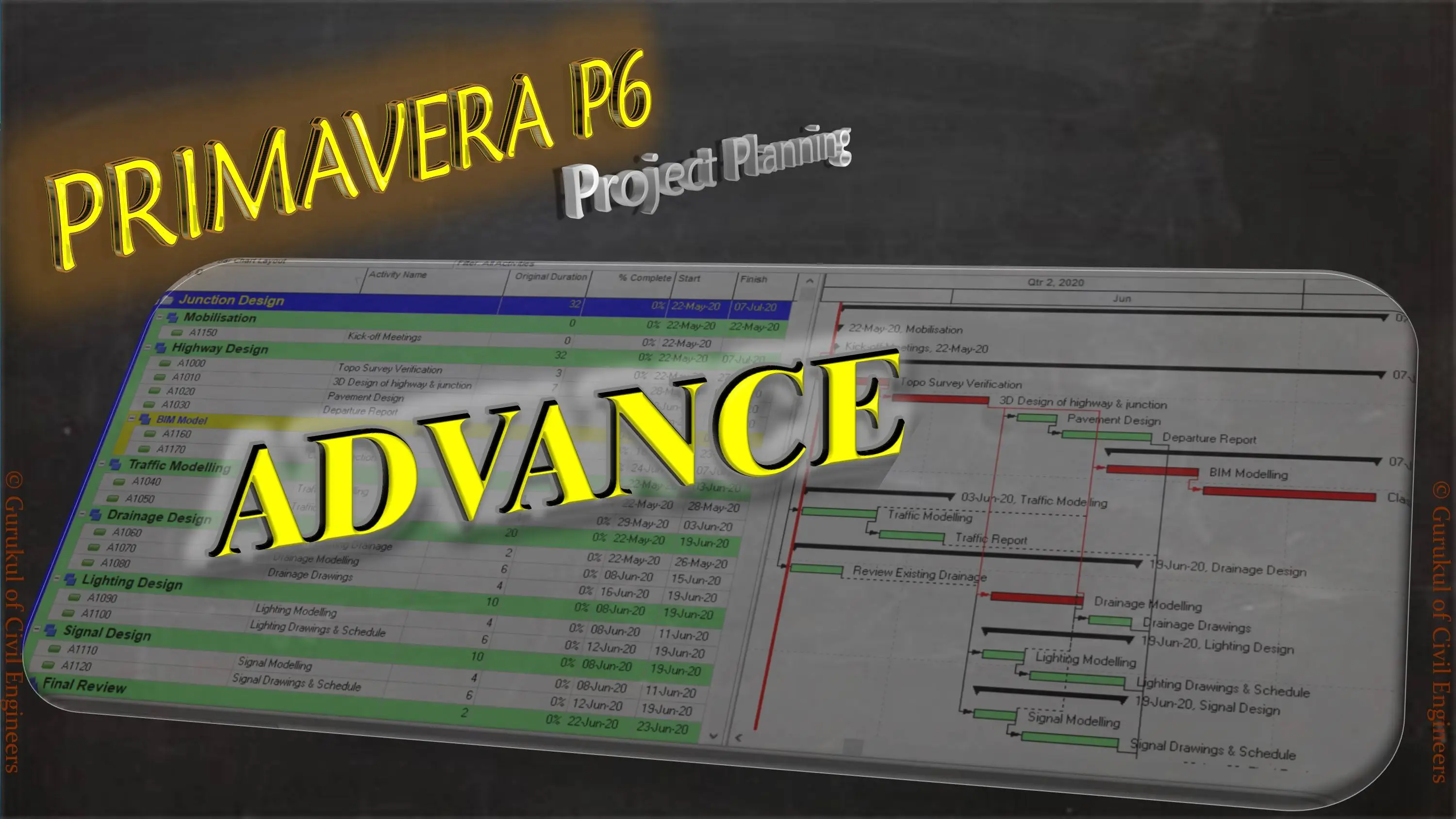
This is an advanced course explaining the comprehensive process of project planning using Primavera P6 as a tool. A hands-on civil engineering project program is developed showing step by step process so that students learn how to plan, analyze, and manage the project using Primavera P6. The first module provides a detailed process of moving a project forward and backward. It’s not unusual to see that the project commencement date moves forward and it’s very vital to know how to move the project program accordingly. The course also delivers a detailed process of setting a baseline of the program. This will assist Managers to monitor the project program as the project progresses. The second module discusses, project resources for each activity. This will help to determine overall project cost as well as the breakup of the cost of each task. This process helps project managers to optimize overall project costs for any bidding or tender activity. The third module discusses the process of assessing the percentage completion of each activity. Percentage completion can be provided by updating physical and duration completion. The fourth module covers the complete process of assessing critical path and total float within the project program. Critical Path analysis assist project managers to delegate more resources to complete those tasks in time. Float within the program helps project managers to chip-in a new task in the program without impacting the overall project duration. The fifth module provides details of printing various project reports such as project reports, cost reports, organograms, from the Primavera P6.
Read more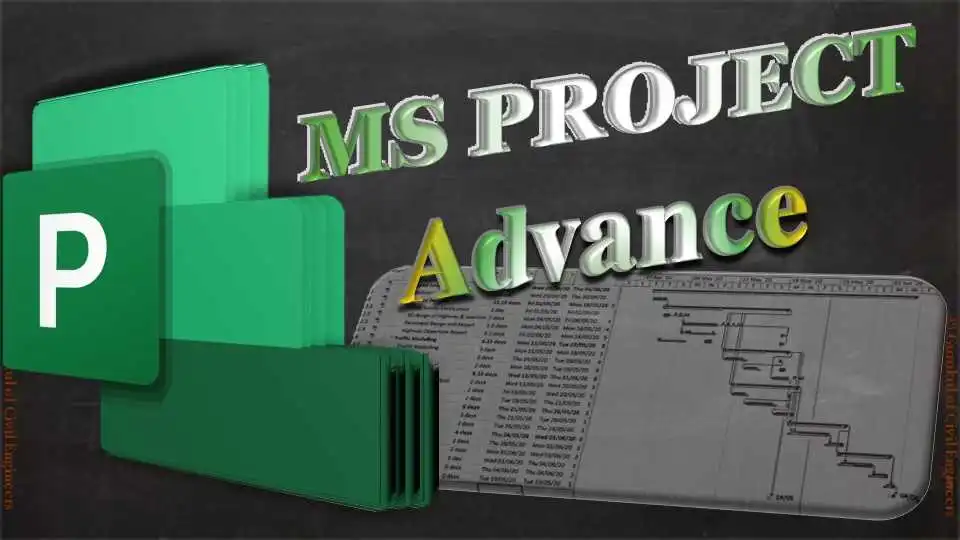
This is an advance course covering detailed procedure of project planning using MS Project as a tool. A hands-on civil engineering project program is developed and step by step process is explained for the student to learn how to plan, analyse, and manage projects. Students will witness state-of-the-art methodologies to develop the project program. The first module provides a detailed process of moving a project forward and backwards. It’s very common that project start date moves and it’s very important to know how to move the project. The course also provides details of setting the baseline of the program. This will help to monitor the project program as the project progresses. The second module provides a complete process of setting the Work Breakdown Structure (WBS). The WBS is like an index page of a book and its very useful to develop WBS for a project especially if the project programme is lengthy and complex. The third module provides a detailed process of assigning project resources to each activity along with hours for each resource. The module then explains the process to determine the overall project cost as well as the breakup of cost for each task and sub-tasks. This process helps Project managers to optimise overall project costs for any bidding or tender activity. The fourth module covers the complete process of updating tasks. There are three ways to update the tasks of a project and all three ways are explained with its unique advantages. The module also covers the process of updating a project before comparing it with the baseline. The fifth module covers the detailed process of analysing critical path activities and associated features. This will help the project manager to take extra care of critical activities so that project doesn’t slip and become a loss-making project. The sixth module provides a detailed process of checking task slippage from the baseline and how it impacts the project programme duration. The seventh module provides details of Calendar and Network Diagram view. These views are very easy to understand and provide clear visibility to team members about their activities, even they are not efficient to understand giant chart view of a project program. The eighth module provides a detailed process of setting a Timeline view of a project. It provides a summary chart of the project so its very hands to share with the project team and client for progress meeting and monitoring. The ninth module provides details of printing various project report such project report, project cost, project assignments, project workload and also customised way to develop project reports.
Read more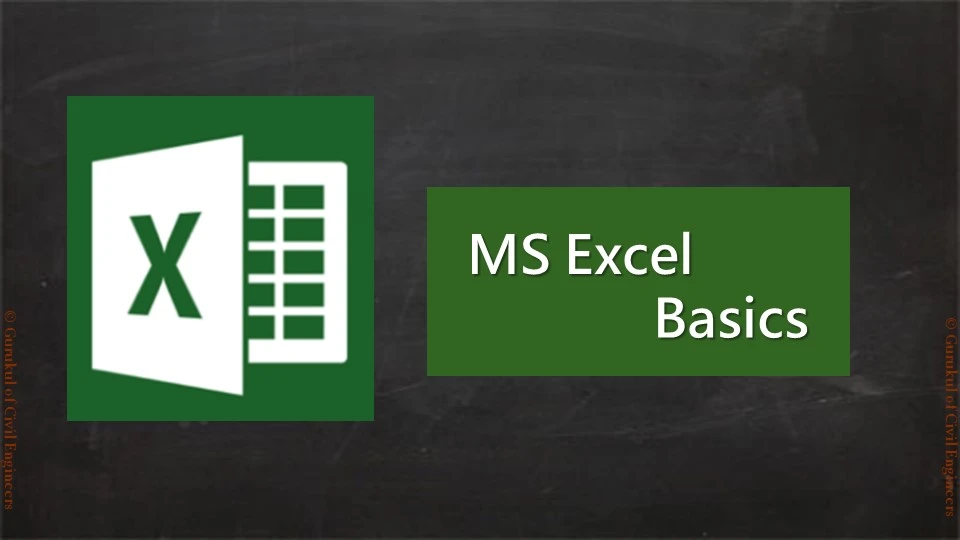
If you are an Excel learner and want to learn Excel, this is the ideal course for you to start. The course gives you the opportunity to learn to excel from basics to complex levels. In the first module, you will learn about the following topics -Launching Excel, start-up window, quick access toolbar, Ribbons, and Open/Save excel sheets. In the second module, you will learn how to create spreadsheet titles, working numeric data, cell references, and basic formula operations. In the third module, you will learn excel functions like sum, minimum, maximum, average, count, and auto-sum. In the fourth module, you will learn the move, copy data in excel. The module provides details of commands like insert, delete rows/ columns. The module also provides the process of changing height, the width of cells, hiding/ unhiding cells, renaming excel sheets, deleting sheets, etc. In the fifth module, you will learn font formatting, customization, border cells, Module also provides details formatting data, format painter, Merge & centring, etc. In the sixth module, you will learn process inserting images, inserting shapes, and formatting various excel shapes. In the seventh module, you will learn how to create Bar Charts. The course provides a detailed process of addition and modification operations of the Bar Chart. The course also provides a complete process of Pie Chart creation and modification. In the eighth module, you will learn, how to sort data in an Excel sheet. The course also provides a detailed process of Data Filtering command.
Read more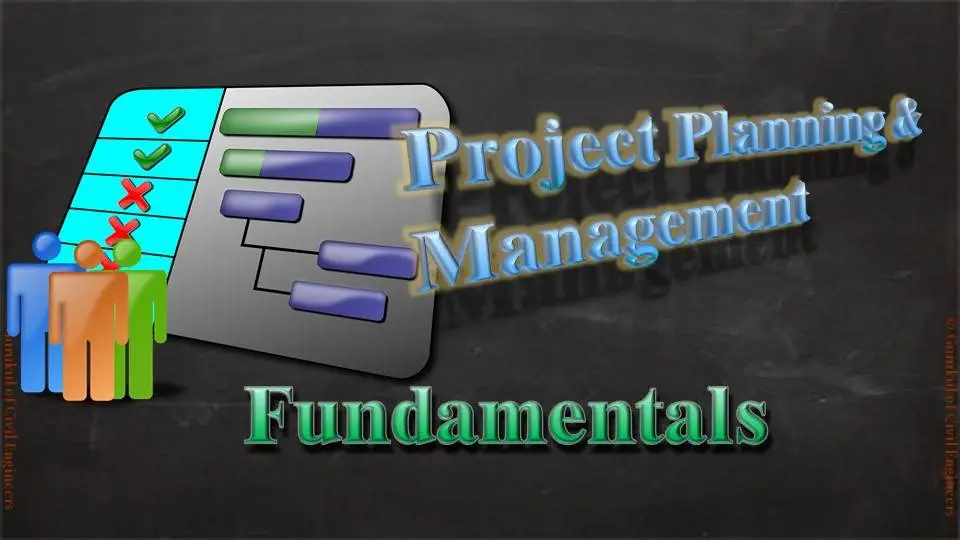
Project Planning & Management- Fundamentals Coming Soon !!!
Read more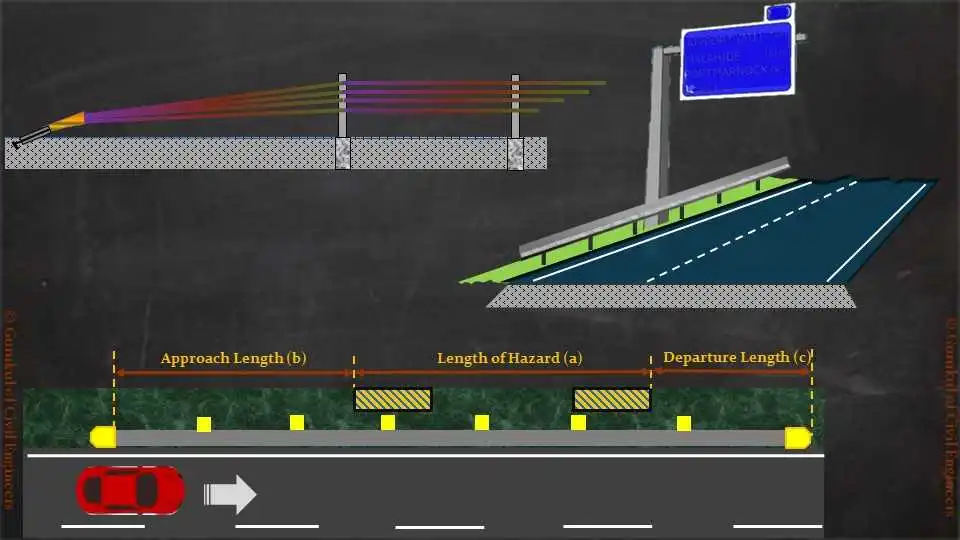
Road Restraint Systems are designed to reduce the severity of injuries if a vehicle leaves the carriageway and would otherwise encounter a hazardous feature (such as on-coming vehicles, an embankment, a lighting column, trees, etc.). The Course Module shares key aspects of Road Restraint System (RRS) Design Process, RRS Examples, Innovations and RRS Standard Details. Please see the Promotional Course Videos for a quick flavour. The first module covers all types of RRS systems like flexible system, semi-rigid barriers, rigid barriers and bridge parapet. It also covers RRS family such as vehicle restraint system and pedestrian restraint system. It covers RRS appraisal process and various situations where RRS would be a preferable solution like embankment, cutting, single hazards, culverts, etc. The second module covers Road Restraint System terminologies such as containment levels, working width, set back distance, types of terminals, Length of needs, etc The third module covers Road Restraint System examples, visibility criteria, transition barriers, etc. The fourth volume covers lesson learnt in various cases such as missing working width, missing set back, missing transition barrier and broken terminals. It also covers Innovative solution like Rolling Barriers, Crash Cushions and Noise Barriers. The fifth module covers Road Restraint System standard details of the concrete barrier, steel barrier, wire rope barrier and terminals.
Read more
Skill Improvement Leads to Employability:- GCE Evaluates & Provides a Detailed Performance Result.
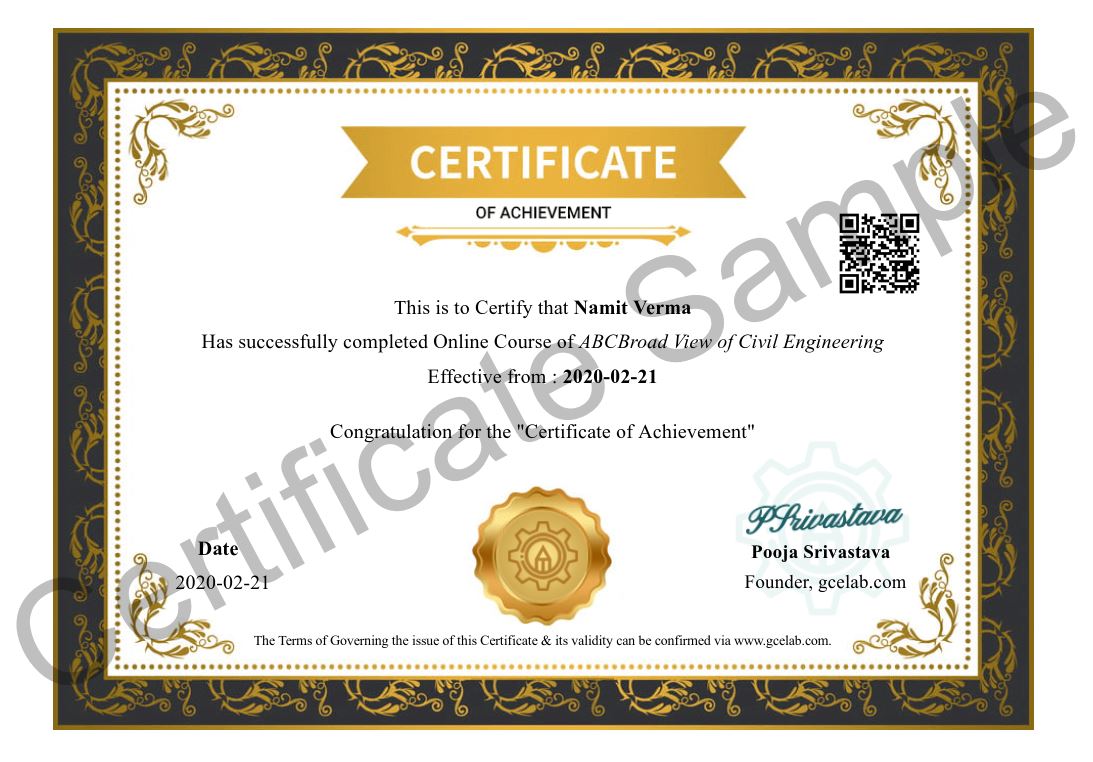
At GCE, we provide course completion certificates of all courses. Our certificate comes with unique QR Code to validate it online & download it whenever needed.
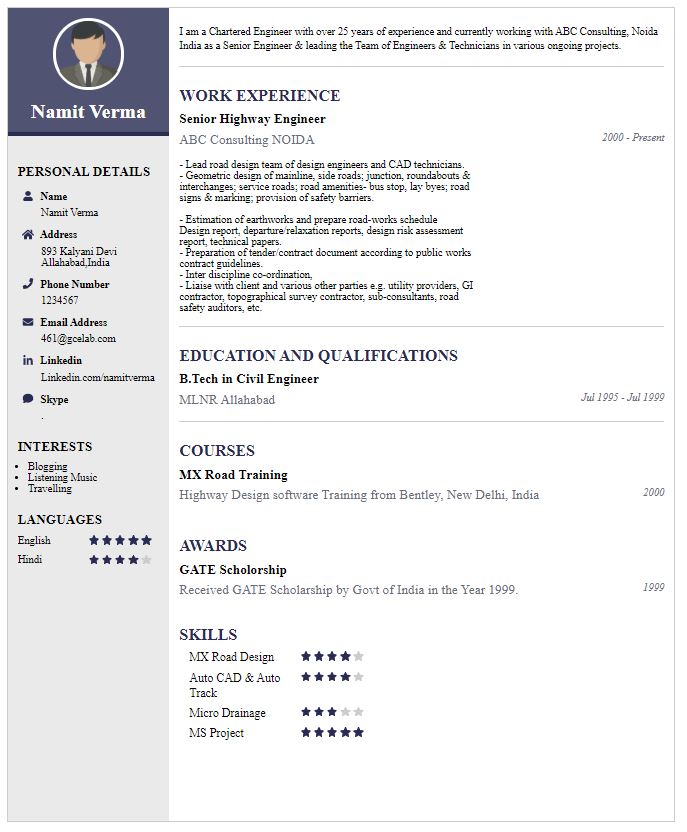
We build your CV with professionally designed Resume Builder Application. Our Resume Builder is not just another resume creation tool; it is the finest tool to present your career graph.
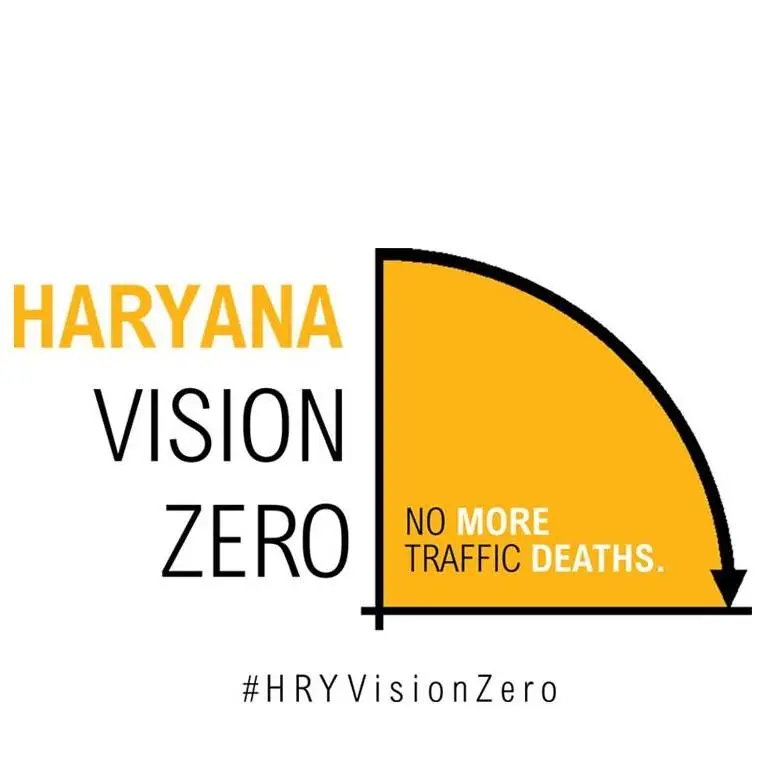
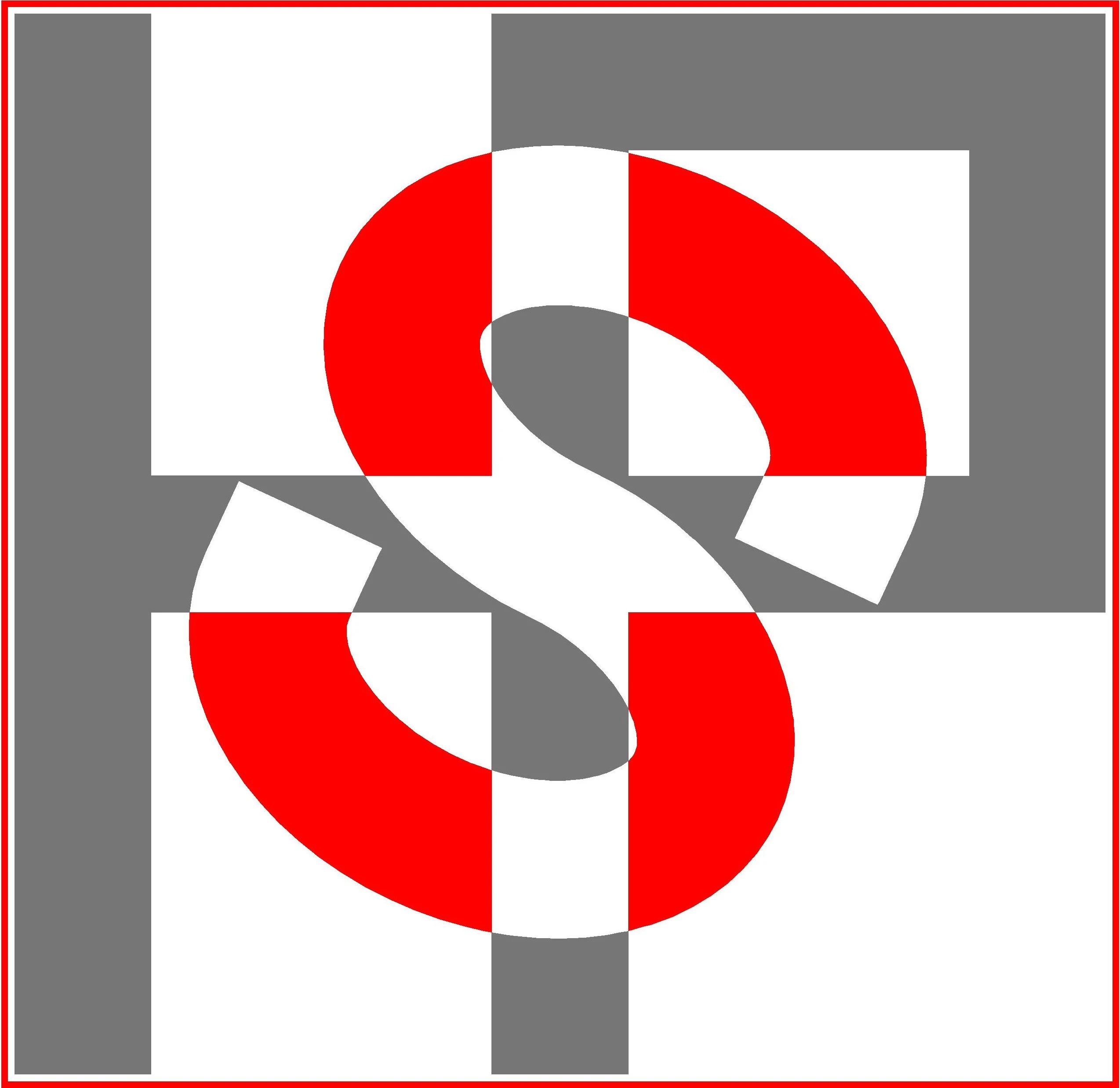

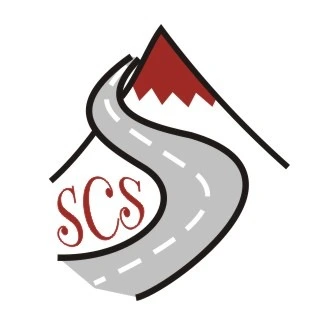

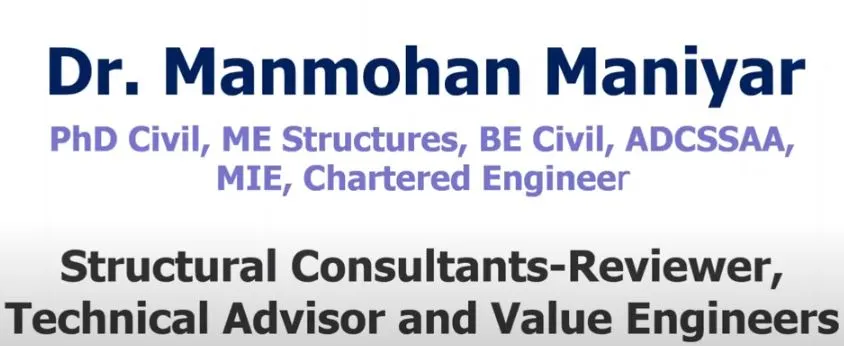







Our mission is to provide professionally trained Civil Engineers for all type of civil engineering services....
Copyright © 2025 Gurukul of Civil Engineers | All Right Reserved | Design & Developed By Ntier Infotech India.



